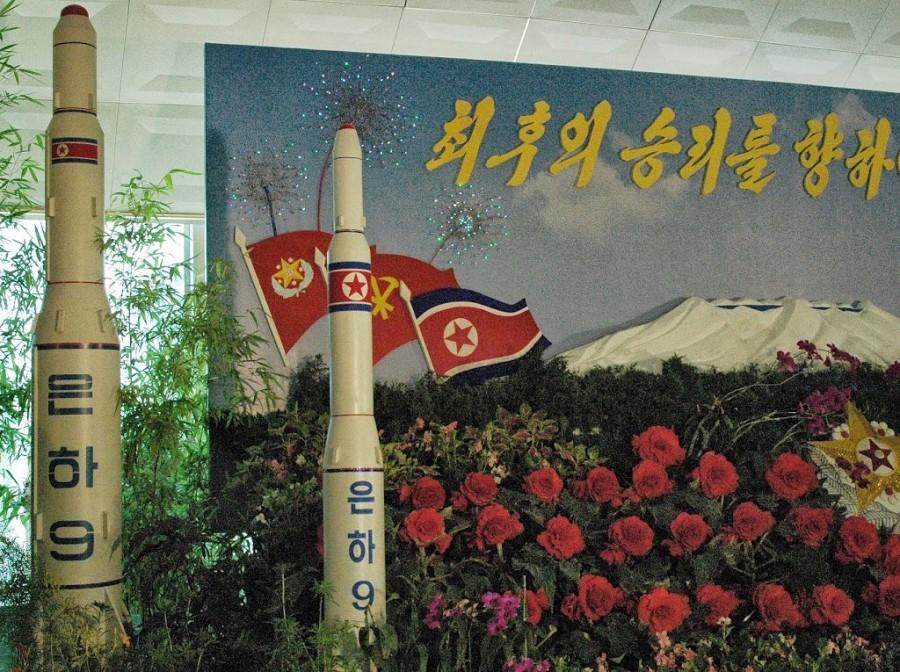Claimed to be a satellite, believed to be a missile
Credits: Public Domain
On February 7th, 2016, North Korea launched a rocket. It is believed that the country did so as a resistance to international sanctions against its using ballistic missile technology. Many countries, including the United States, Republic of Korea and Japan condemned this action. The United Nation security council censured North Korea’s threatening actions and unanimously agreed that North Korea’s development of rockets will contribute to its development of missiles and potential nuclear weapons, “even if [the rockets are] characterised as a satellite launch or space launch vehicle.”
The world leaders have expressed their concerns that this action will disrupt peace on the Korean peninsula and in the entire world. The United Nations security council already began discussing possible sanctions after North Korea performed its fourth nuclear test, commenting that it will “continue working toward a peaceful, diplomatic and political solution to the situation [that leads] to the denuclearization of the Korean peninsula.” The UN secretary general, Ban Ki-moon condemned the launch as “deeply deplorable” and strongly insisted that North Korea “halt its provocative actions.” John Kerry, the US Secretary of State, referred to its launch as “a flagrant violation of UN security council resolutions” that prohibit it from using ballistic missile technology.
Despite the international condemnations, the Pyongyang regime has announced through its Moscow embassy that it will continue launching to send satellites into the space, and remained defiant. “The state agency on space exploration, following the policy of the Workers’ party of Korea on giving priority to science and technology, will continue to launch more man-made satellites,” said the embassy.
The United States and its allies, including South Korea, have undermined North Korea’s argument that it was a satellite for the purpose of observing the Earth, and prescribed it as a test for technology to develop a missile capable of attacking the mainland of the United States. In response to the concerns from other parts of the world, the Pyongyang regime has announced that it will launch more satellites in the future, claiming it to be a “peaceful and independent” space program. Ironically, Pyongyang added that this launch marked a “breakthrough in boosting [its] national defence capability.”
US military officials have suggested Terminal High Altitude Area Defence (THAAD) technology, which detects a missile and destroys it in or beyond the atmosphere, as one of sophisticated measures to prevent North Korea’s unexpected attacks with missiles. Ryu Je-seung, a senior official at the South Korean defence ministry, insisted that “if THAAD is deployed to the Korean peninsula, it will be only operated against North Korea.”
Since Kim Jong-un, current leader of North Korea, came to power, his government has invested in technology to develop to build long-range missiles and nuclear warheads of smaller sizes. They justify this investment as a measure of protection against the hostility of the US.
“Everything we have seen is consistent with a successful repeat of the 2012 launch,” said John Schilling, a missile technology expert. “But it’s still too early to tell for sure,” he added.
Source: The Guardian

Next year, The Talon loses a tremendously important News Reporter, as Matthew Kim is a senior and finishes high school in May. The Talon knows Matthew...










